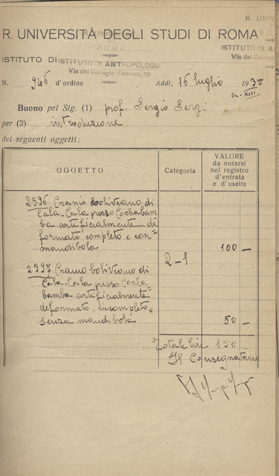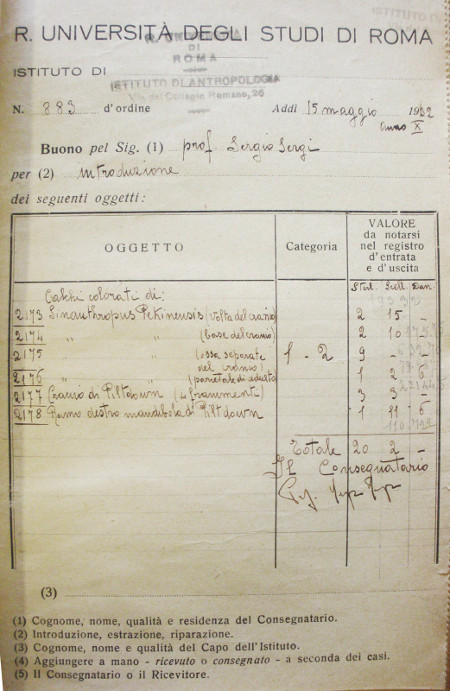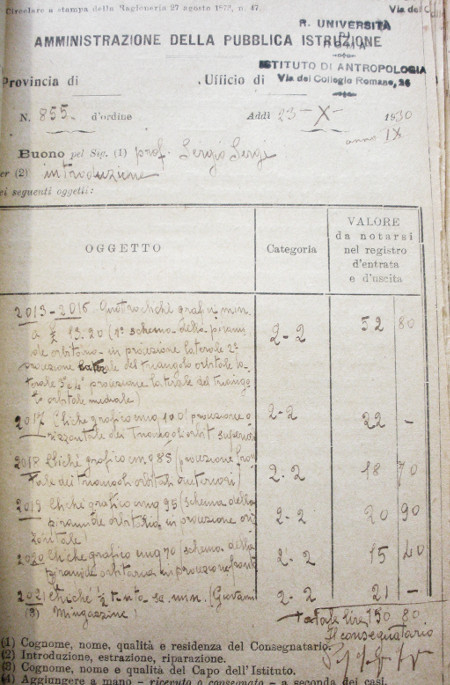
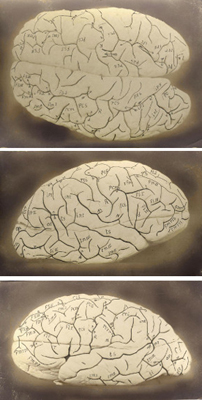
His research activities first focused on the physiology of the cerebellum, the subject of his graduation dissertation at the Institute of Physiology in Rome, directed by Luigi Luciani. He worked on the physiology of animal brains, including guinea pigs (1902), non-human primates (Hylobates - 1904), the Testudo graeca 1906). Alongside his work in the field of neurophysiology, he began laying solid foundations for his morphological training in the field of the nervous system, while working in the anatomical-pathological laboratory of the “Santa Maria della Pietà” Psychiatric Hospital in Rome, directed by Giovanni Mingazzini. He also developed an interest in normal and pathological psychology in the observation wards of the aforementioned hospital. There, he faced the 1911 cholera epidemic and requested to remain in isolation with infected patients in Lazzaretto di S. Egidio for two months. His studies on Hylobates syndactilus led him to formulate the hypothesis that Hylobatidae and anthropoids are not philogenetically related but rather are two parallel groups. During this period, he announced his law of symmetry of the cerebral hemispheres. During his scholarship period abroad (1906-1907), he specialised in anatomy and physiology of the nervous system at the Institute of Human Anatomy directed by Wilhelm Waldeyer, and the Institute of Anthropology directed by Felix von Luschan; he attended psychiatry and neurology classes held by Theodor Ziehen. During this period, he made detailed observations on the brains of some African populations, which became the subject of two monographs: Cerebra Hererica and Crania Habessinica (the first won the Fauvelle prize of the Société d’Anthropologie, Paris).
While teaching anthropology at "La Sapienza" University of Rome and as director of the psychiatric hospital, he studied and developed Physical Anthropology "in its broadest meaning, on morphological, physiological and psychological foundations. His aim was to study every single organic device, considered under morphological and functional aspects, as well as to study ethnic and comparative psychology". His studies focused on the cranium and brain of human subjects in normal and pathological conditions, and morphofunctional research in chimpanzees. During the excavation experience in Fezzan (Libya - 1933-34), Sergio Sergi found an abundance of skeleton material regarding the ancient populations of Garamanti (mentioned by Herodotus), closely related to Tuaregs nowadays. He significantly contributed to anthropological methodology, by designing and constructing new equipment, which has been extensively used both in Italy and abroad. The pantagoniostato craniosteoforo is a particularly significant instrument used to detect orthogonal projections through a diagraph, and therefore to obtain craniogrammes and osteogrammes. He also invented another particularly ingenious instrument, the tricocicloforo (1937), used to rotate a hair on its own axis and measure its diameters under a microscope using a micrometre.
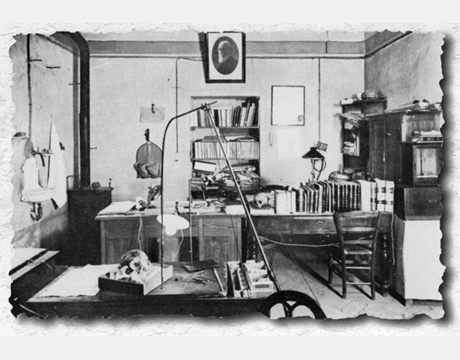
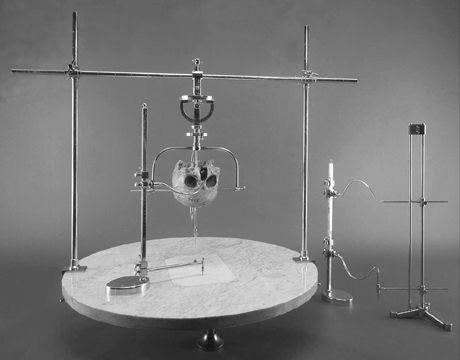
The 13th of May 1929 is a significant date both in the scientific activity of Sergio Sergi, and in the history of human palaeontology in Italy: Duke Mario Grazioli delivered a fossilised cranium brought to light in Rome, in a gravel quarry located on his Saccopastore property, at the bottom of via Nomentana on the left bank of the Aniene, approximately 3.5 kilometres away from Porta Pia. The cranium was well preserved and after a brief examination, Sergi realised that it belonged to Paleoanthropic Neanderthal, the first one to be found in Italy.
This was followed by the discovery of another fossilised cranium in the Saccopastore area, by Alberto Carlo Blanc and French palaeontologist Abbot Henri Breuil (16th July 1935). A Neanderthal cranium and jaw were discovered in the Guattari Cave, along the San Felice Circeo promontory (25th February 1939). Sergi definitively focused his attention on palaeoanthropology. The comparative study of fossil remains and subsequent collection of data enabled him to date the Circeo cranium to approximately 60,000 years ago, and establish that the Saccopastore man was a member of an even older Neanderthal population, dating back to approximately 120,000 years ago.
![]()
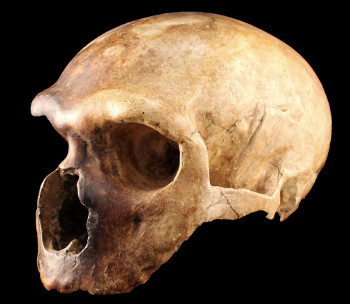
Some of the most significant finds and collections:
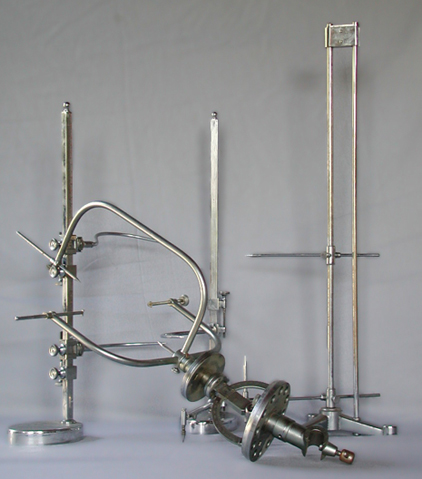
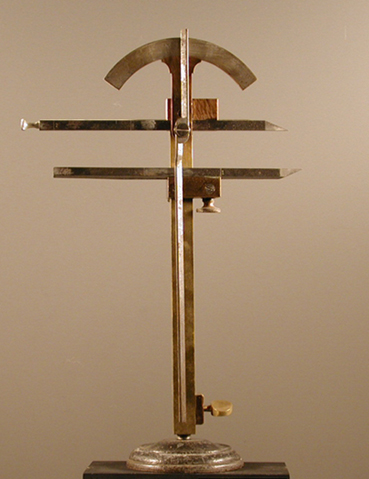

The inventory pages of the museum / institute:
